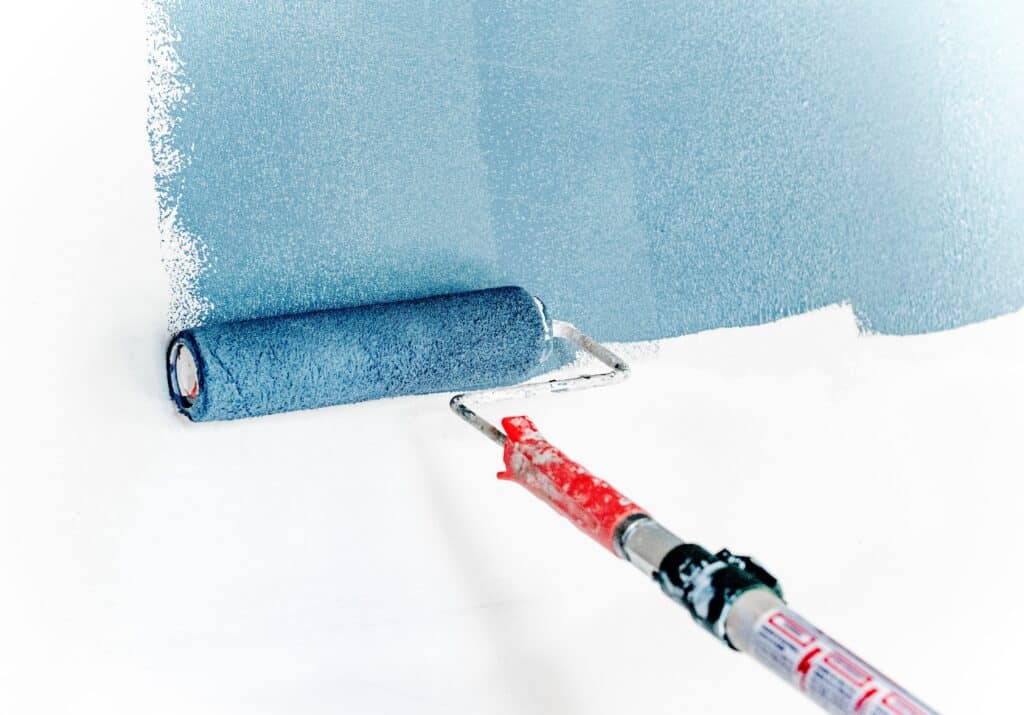Self-levelling flooring screeds are an essential component to form a level surface so that tiles, stone, and wood floorings can be evenly applied. Screeds are often used as a finishing product on top of hard/concrete bases and can also be used to encase underfloor heating pipes. In this blog, we look at the power of
Read MoreCategory: Products
Reinforced Plastics: Using Nylon Fibres to Enhance Strength

Nylon is one of the most used polymers for fibre manufacturing for several applications, including refractory, sealants, casting, and plastics. We have been working with various industries for years that use nylon due to its beneficial properties. In this blog, we specifically look at how nylon fibres are used to enhance strength and reinforce plastics,
Read MoreUsing Intumescent Paints and Coatings to Improve Heat Resistance

Intumescent materials are core components of passive fire protection. They are often used in paints and coatings to improve heat resistance and several other properties. Goonvean Fibres has a strong relationship with specialist paint manufacturers and has produced a wide selection of raw materials for paint formulations and high-performance coatings for many years. Our paint and
Read MoreShort-cut Polyester in Paper Applications

Fibres are used by a variety of industries for reinforcement, specifically polyester fibres. In paper applications, adding synthetic fibres improves the paper’s properties, primarily vastly improving the wet strength of the paper, allowing it to be used in wet or high-moisture environments without disintegrating. Other physical benefits are also seen including tear strength and drape
Read MoreHow We Master Concrete Reinforcement & Refractory
Goonvean Fibres are reputable for mastering concrete reinforcement and refractory using quality fibres as ingredients. Fibres help improve the durability, strength, and performance of concrete and are typically known in the construction industry as FRC (fibre-reinforced concrete). Concrete is one of the toughest construction materials that is found almost everywhere, on driveways, pavements, and
Read MoreWhat is Hemp & What is it Used For?

Hemp fibres are used worldwide in manufacturing for several commercial applications, from paper to textiles, clothing, paint, insulation, and biodegradable plastics. Hemp was first used to make fibres over 50,000 years ago, perhaps longer, and it has a wide range of characteristics that has seen it through to be one of the most popular natural
Read MoreThe Pros & Cons of Polyester

Synthetic fibres have been around since the early 1920s’ and slowly evolved as scientific formulas replicated to create affordable alternatives to natural fibres. Some of the most popular synthetic fibres include polyester, nylon, viscose rayon, olefin, and spandex. Unlike natural fibres that come from plants and animals (such as cotton and hemp), synthetic fibres are
Read MoreThe Advantages of Using Polypropylene Fibres & Powders

Polypropylene is a type of plastic first synthesised in the 1950s’. It has been widely used for injection moulding and fibre applications to improve products such as ropes, carpets, upholstery, and clothing. The global demand for polypropylene generated an annual market of approximately 74 million metric tons in 2020. Around 30 per cent of this was consumed
Read MoreThings You Need to Know About Keratin

Did you know that keratin is present in everyday personal care products? We manufacture quality milled keratin for the cosmetics and personal care industry. Keratin is a type of protein and a key structural component that makes up our hair, skin, and nails. The protein is also present in our organs and glands. What is
Read MoreThe Benefits of Aramid Fibres

Aramid fibres are high-performance fibres used by a range of industries because of their excellent physical and chemical properties. From manufacturing body and vehicle armour for the military and defence industry to making bicycle tyres and marine ropes, aramid fibres are truly versatile. Aramid fibres are also used in aerospace and marine engineering and as
Read More
